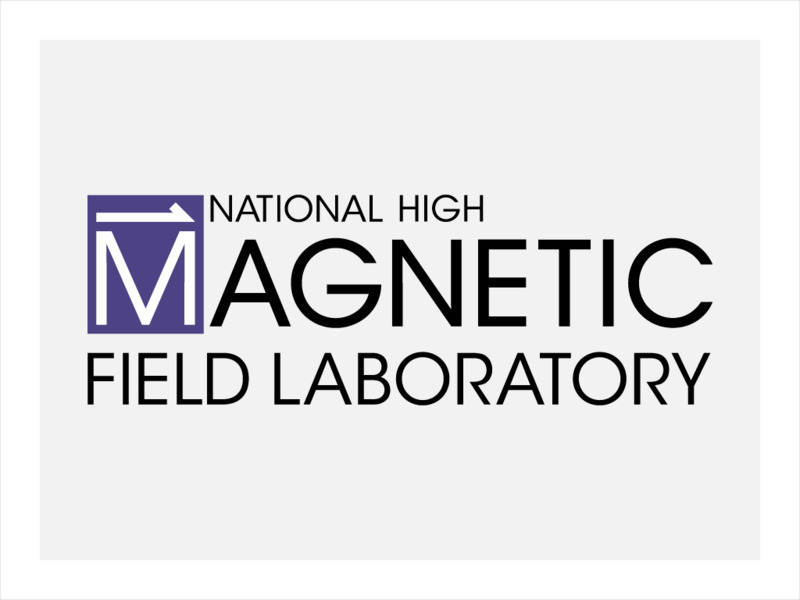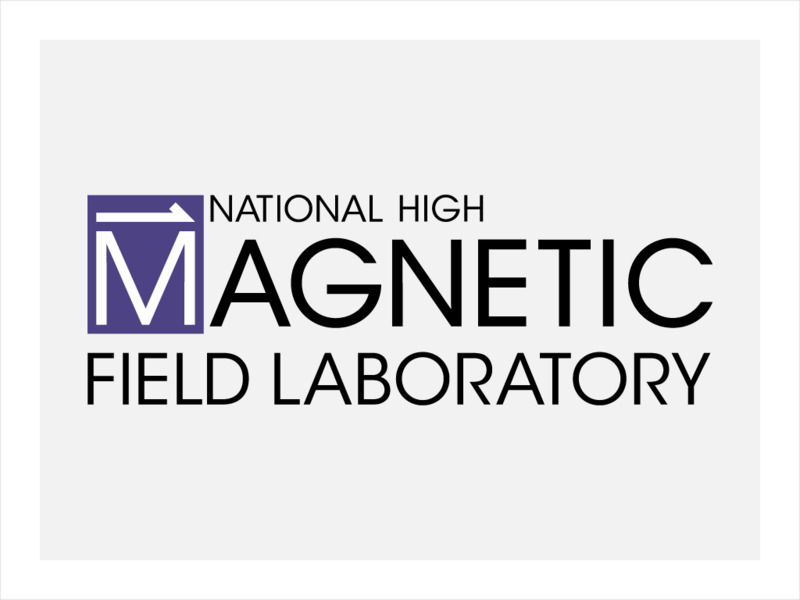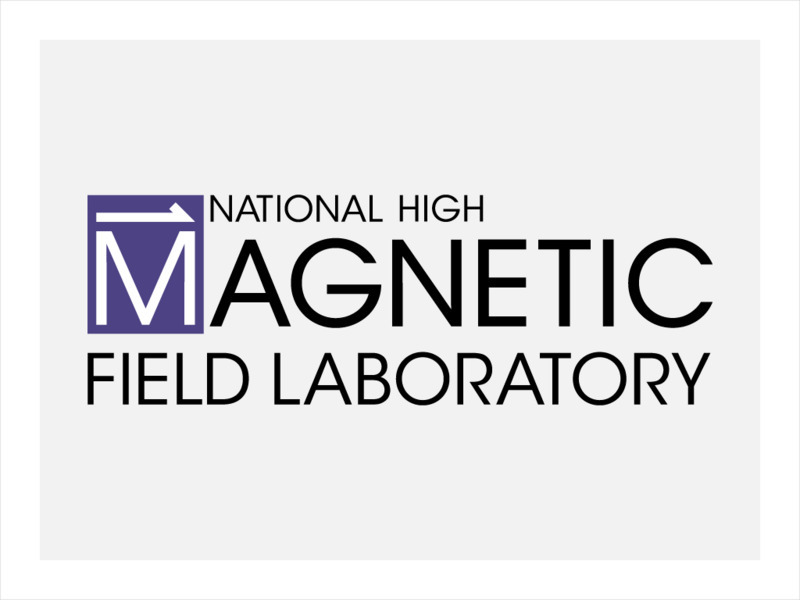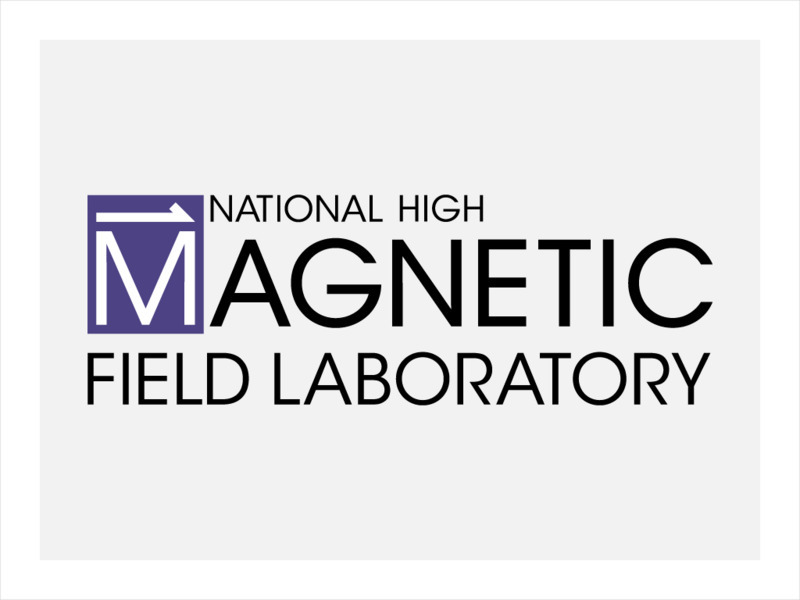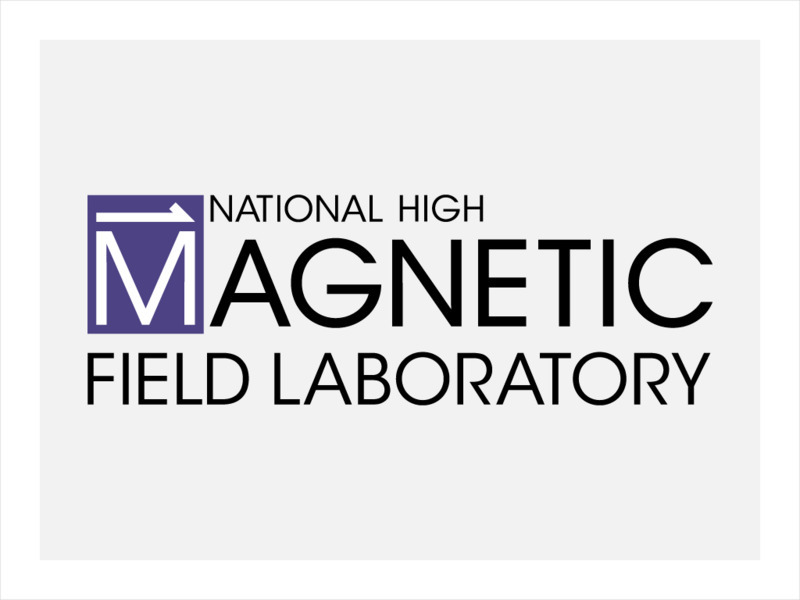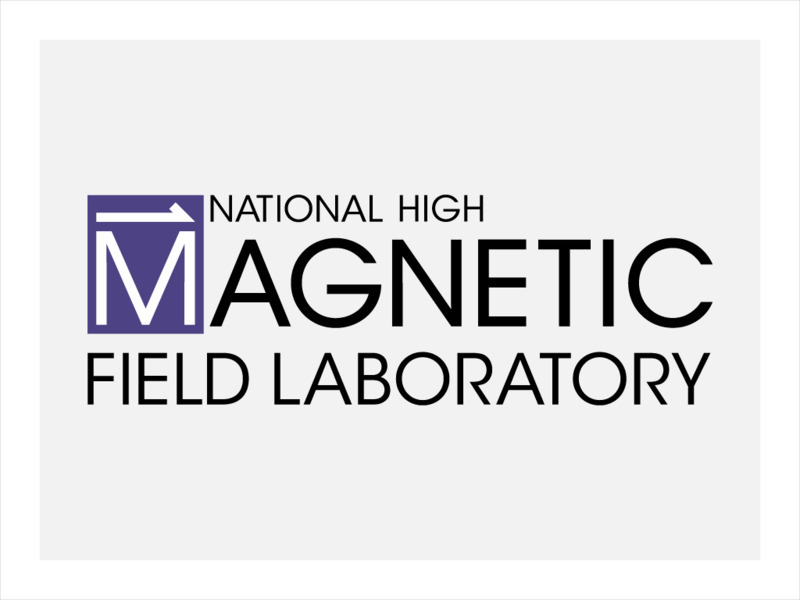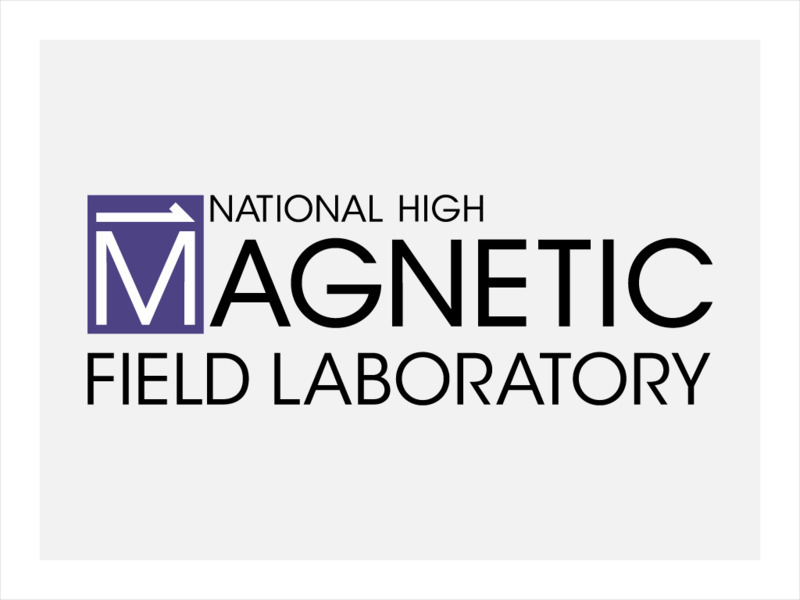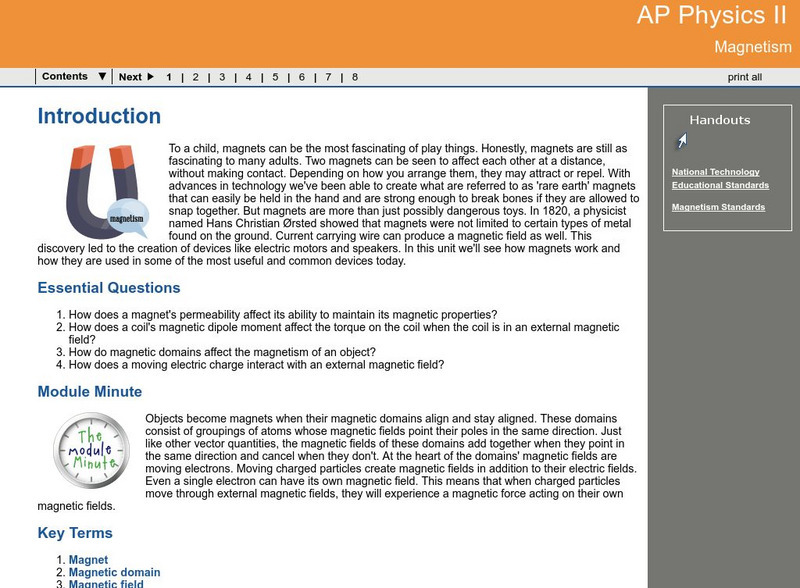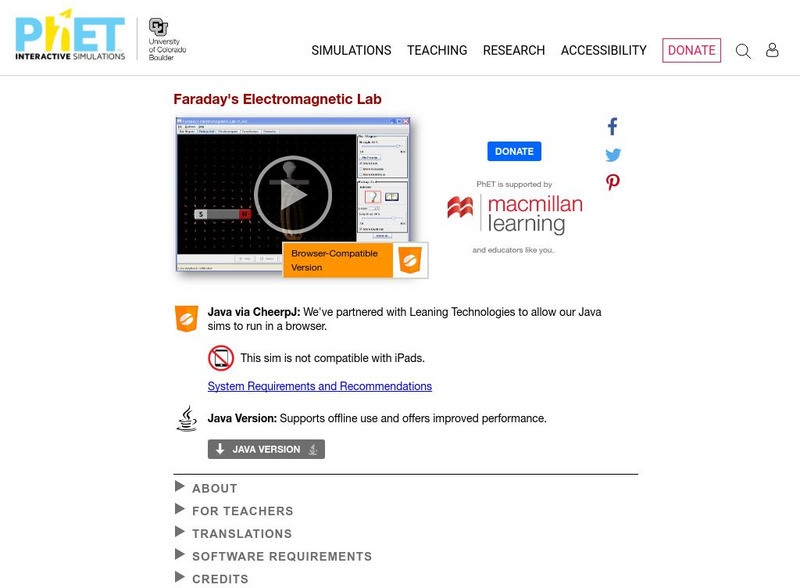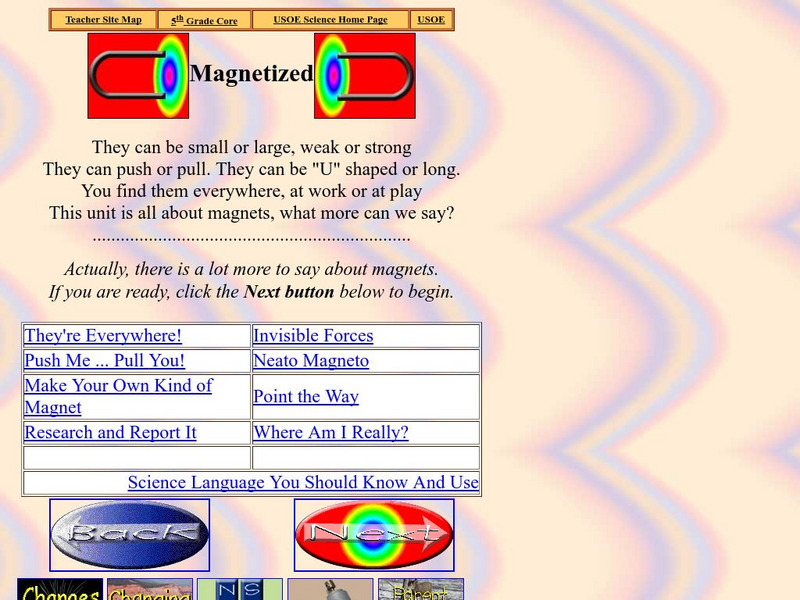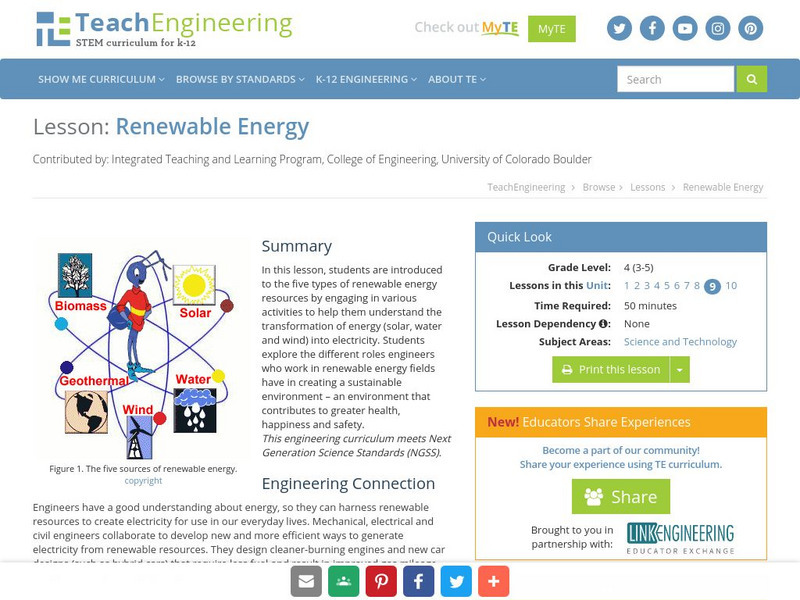Michigan State University
Michigan State University: Equipotential Lines
This site is from Michigan State University's Elementary Physics II class and details equipotential lines. The site displays maps and diagrams as well as formulas and rules for these types of lines.
York University
The Joy of Visual Perception: Physics of Visual Stimulus
From an online "book," this particular page describes physics principles related to vision and sight. Keywords are linked to other pages with further information. The role of sunglasses in blocking glare is discussed and explained. A...
Wikimedia
Wikipedia: James Clerk Maxwell
Examine the life and contributions of James Clerk Maxwell. This site also provides links to explanations of many of Maxwell's contributions in the field of physics.
National High Magnetic Field Laboratory
Magnet Academy: Humphry Davy
Humphry Davy was a pioneer in the field of electrochemistry who used electrolysis to isolate many elements from the compounds in which they occur naturally. Electrolysis is the process by which an electrolyte is altered or decomposed via...
National High Magnetic Field Laboratory
Magnet Academy: Walther Meissner
Walther Meissner discovered while working with Robert Ochsenfeld that superconductors expel relatively weak magnetic fields from their interior and are strongly diamagnetic. This phenomenon, commonly known as the Meissner effect or the...
National High Magnetic Field Laboratory
Magnet Academy: Magnetic Core Memory 1949
At the dawn of the computer age, magnetic core memory helped make data storage possible, and showed surprising staying power in a field where components are constantly being replaced by new and improved products.
National High Magnetic Field Laboratory
Magnet Academy: Gerd Binnig
Gerd Binnig co-developed the scanning tunneling microscope (STM) with Heinrich Rohrer. The STM allowed scientists entry into the atomic world in a new way and was a major advance in the field of nanotechnology. For their achievement,...
National High Magnetic Field Laboratory
Magnet Academy: Eric Cornell
Born in Palo Alto, California, and raised in Cambridge, Massachusetts - homes to Stanford and the Massachusetts Institute of Technology, respectively - you could say Eric Cornell was destined to become a renowned scientist. And while he...
National High Magnetic Field Laboratory
Magnet Academy: John Ambrose Fleming
John Ambrose Fleming was an electronics pioneer who invented the oscillation valve, or vacuum tube, a device that would help make radios, televisions, telephones and even early electronic computers possible. A brilliant innovator,...
National High Magnetic Field Laboratory
Magnet Academy: Paul Lauterbur
Chemist Paul Lauterbur pioneered the use of nuclear magnetic resonance (NMR) for medical imaging. He developed a technique, now known as magnetic resonance imaging (MRI), in the early 1970s that involves the introduction of gradients in...
National High Magnetic Field Laboratory
Magnet Academy: Heike Kamerlingh Onnes
Heike Kamerlingh Onnes was a Dutch physicist who first observed the phenomenon of superconductivity while carrying out pioneering work in the field of cryogenics. An important step on the way to this discovery was his success in...
National High Magnetic Field Laboratory
Magnet Academy: Edward Purcell
Edward Mills Purcell was an American physicist who received half of the 1952 Nobel Prize for Physics for his development of a new method of ascertaining the magnetic properties of atomic nuclei. Known as nuclear magnetic resonance...
Smithsonian Institution
Lemelson Center: Spark!lab: Build a Speaker
Learn how to build your very own speaker with items usually found around the house. Follow step-by-step instructions and discover how to use your speaker to listen to the radio.
Other
Science Toys: Magnetism
This site describes how to make several toys with magnets. It also gives an explanation of how they work and where to get the right kind of magnets.
Other
University of Liverpool: Matter Initiative for Schools a Level Resources
This site features numerous interactive resources (such as simulations, interactive exercises, experiments, etc.) designed for teachers and students of the physical sciences. Some of the resources are available only on CD-ROM, but most...
National High Magnetic Field Laboratory
Magnet Academy: Transatlantic Telegraph Cable 1858
The main figure behind the first transatlantic telegraph knew very little about the science or engineering behind it, but was convinced that with it a fortune could be made. Read about these findings here.
National High Magnetic Field Laboratory
Magnet Academy: Paul Dirac
Paul Adrien Maurice Dirac was an outstanding twentieth century theoretical physicist whose work was fundamental to the development of quantum mechanics and quantum electrodynamics. He was awarded the Nobel Prize for Physics jointly with...
Georgia Department of Education
Ga Virtual Learning: Magnetism
In this interactive unit students will see how magnets work and how they are used in some of the most useful and common devices today.
University of Colorado
University of Colorado: Ph Et Interactive Simulations: Faraday's Electromagnetic Lab
Investigate with a bar magnet and coils to learn about Faraday's law. You can also play with electromagnets, generators, and transformers!
Utah State Office of Education
Utah Science: Magnetized
A unit all about magnets! Explore magnetic forces, types of magnets, and more through these informative activities.
Frontiers Media
Frontiers: Meg for Kids: Listening to Your Brain With Super Cool Squi Ds
Inside your brain, you have over 80 billion neurons - tiny brain cells, all working together to make you the person you are.Neurons talk to each other by sending electrical messages. Each message creates a tiny magnetic field. If enough...
TED Talks
Ted: Ted Ed: How Does an Atom Smashing Particle Accelerator Work?
An atom smasher, or particle accelerator, collides atomic nuclei together at extremely high energies, using engineering that exploits incredibly cold temperatures, very low air pressure, and hyperbolically fast speeds. Don Lincoln...
TeachEngineering
Teach Engineering: Renewable Energy
In this lesson, students are introduced to the types of renewable energy resources. They are involved in activities to help them understand the transformation of energy (solar, water and wind) into electricity. Students explore the...
CK-12 Foundation
Ck 12: Physical Science: Electromagnetic Waves
[Free Registration/Login may be required to access all resource tools.] Provides the definition of an electromagnetic wave, electromagnetic radiation, and electric and magnetic fields. Also discusses how electromagnetic waves begin,...
Other popular searches
- Electric Field Lines
- Electric Field Force
- Electric Field Mapping
- Electric Field Static
- Radial Electric Field
- Electric Field Vectors
- Science Electric Fields
- Sketch Electric Fields



